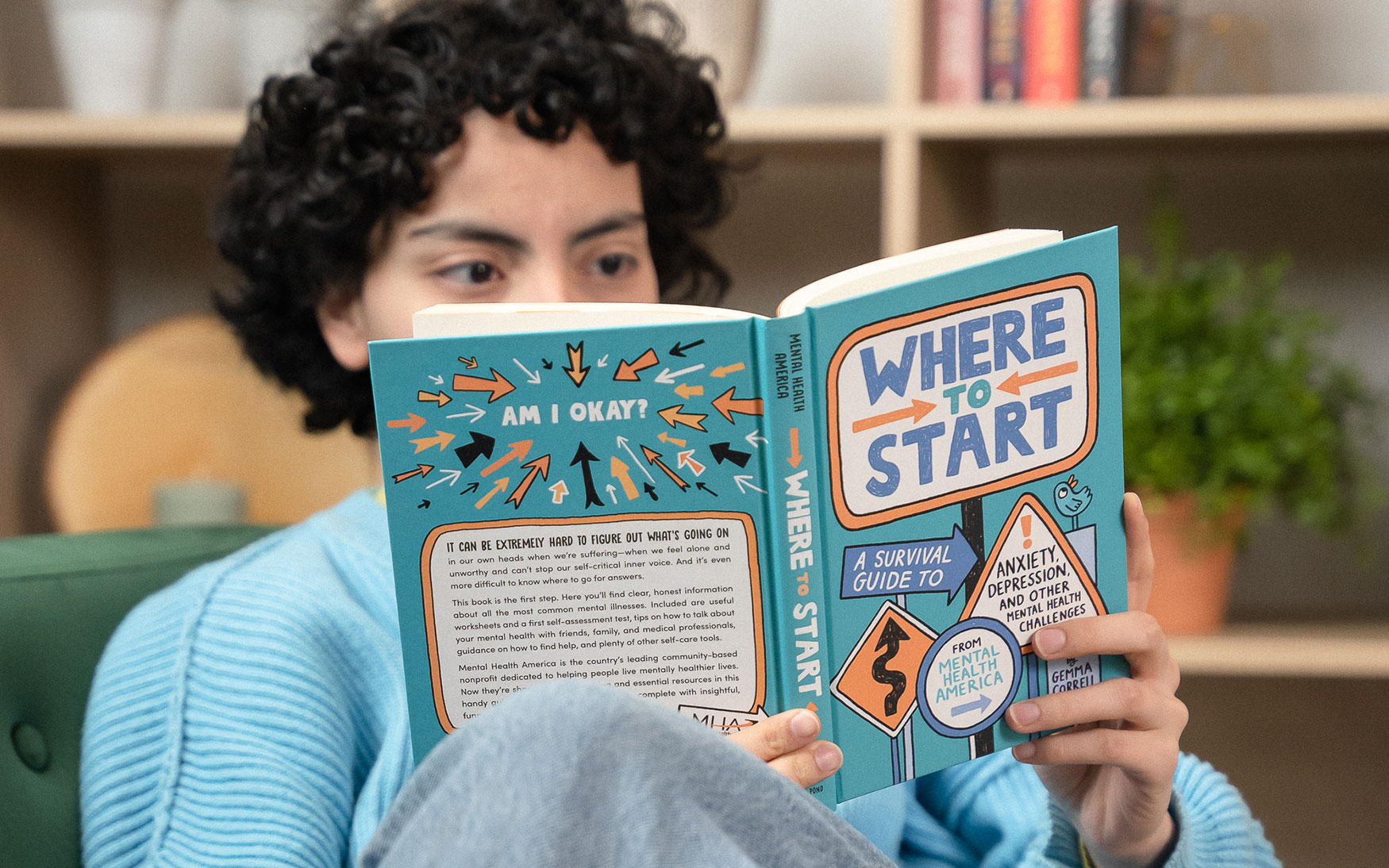Online behavior and mental health
As an adult, it's likely you have a different view of the virtual world than people just a few years younger, and today's tweens and younger are growing up at a time when online spaces are just as prevalent as physical ones. Whether you're 20 or over 65, most adults need to do some catchingup to understand what daily life looks like for younger people.
Where and how do young people spend their time online?
The virtual universe is just that -entire worlds of platforms. Taking the time to understand what that world looks like is crucial in supporting young people.
Content: Posting and scrolling
When we think about youth and technology, most people jump to social media and for good reason. Up to 95% of teens ages 13-17 and 40% of children ages 8-12 report using a social media platform -an experience many adults never had in their youth. Popular platforms among today's kids and teens include TikTok, lnstagram, YouTube, and more (learn more from our Social Media Cheat Sheet).
Social media sometimes gets a negative reputation, but many young people benefit by using it to express themselves and connect with others. Concerns arise, though, because social media is designed to be addictive. It provides instant gratification and constant hits of dopamine, the "feel good" chemical in the brain. No matter how a young person feels, the wide range of social media content can seem to fulfill a youth's needs, even if that means endless scrolling to numb emotions.
Online interactions and messaging
Social media is meant to be social. Most content includes interactive comment sections, and some platforms -such as Discord, Reddit, and Snapchat -are designed just for chatting. Teens are more likely to report positive than negative experiences from using social media, primarily because of the sense of connection it can provide. While young people are usually talking online to their friends, virtual communication comes with risks. Cyberbullying, explicit content (nudes), extortion, and online predators are very real threats.
Gaming is an entire world of its own within the virtual universe. Like most things, gaming is unlikely to be a problem when done in moderation. In fact, gaming has been linked with some positive effects like improved decision-making and time management skills. But it becomes too much when someone feels like they need to play rather than want to. This has been associated with many mental health challenges like insomnia, low self-esteem, anxiety, aggression, and loneliness. Frequent gaming can also be a coping mechanism or response to symptoms of depression or ADHD.
What kind of content are kids and teens consuming that might impact their mental health?
The internet is endless, and it doesn't only show you what you search for or who you follow or subscribe to. Young people see all kinds of content online every day,
The content that social media users see on their feeds is controlled by an algorithm, which is a set of rules about how data behaves. Companies analyze user information, preferences, and behaviors to deliver personalized content and keep users on the platform. Algorithms are why we generally see content that interests us. But they can also be used to target vulnerable individuals, pushing pro-suicide, self-harm, or pro-eating disorder content.
Because algorithms are designed to keep people engaged, they feed internet addiction. We can't protect young people from everything that could hurt them, and it is no different online. Instead, you can educate yourself, teach and model healthy habits, and prepare them for the dangerous situations they could find themselves in.
While connectedness is one of the benefits of social media, young people can struggle with constantly seeing what their peers are posting. Whether they're reading posts about friends getting into their top choice colleges, judging their bodies against their favorite influencers, or seeing pictures from someone's seemingly perfect family vacation, comparing themselves and their lives to that of others can lead to dissatisfaction, depression, and anxiety. In addition, FOMO, or "fear of missing out" is common - seeing that friends are getting together without them can hurt. Social media and social comparison to peers may also be factors in the current rise in body dissatisfaction and low self-esteem among adolescents.
There is a lot of uplifting and helpful content on the internet. Humor is beneficial to mental health, and young people seek out comedy content more than any other topic across all platforms. A simple YouTube video can help someone feel understood and like others relate to them, and TikTok videos can be an easy way to have a quick laugh. In moderation, spending some time online can boost your mental health.
Devices and screens expose youth to more violent and inappropriate content than ever before. This doesn't only happen if they go looking for it, and social media algorithms are known to push unsuitable content. This can include graphic violence, pornography, dangerous challenges, tips to restrict eating, self-harm how-to videos, suicide challenges, and more. The online universe also creates more ways for cyberbullying and sextortion to occur.
Take a mental health test
Online screening is one of the quickest and easiest ways to determine whether you are experiencing symptoms of a mental health condition
Where to Start
Our book "Where to Start" tackles the issues you might see during this return to school with a jargon-free approach to understanding mental health.



